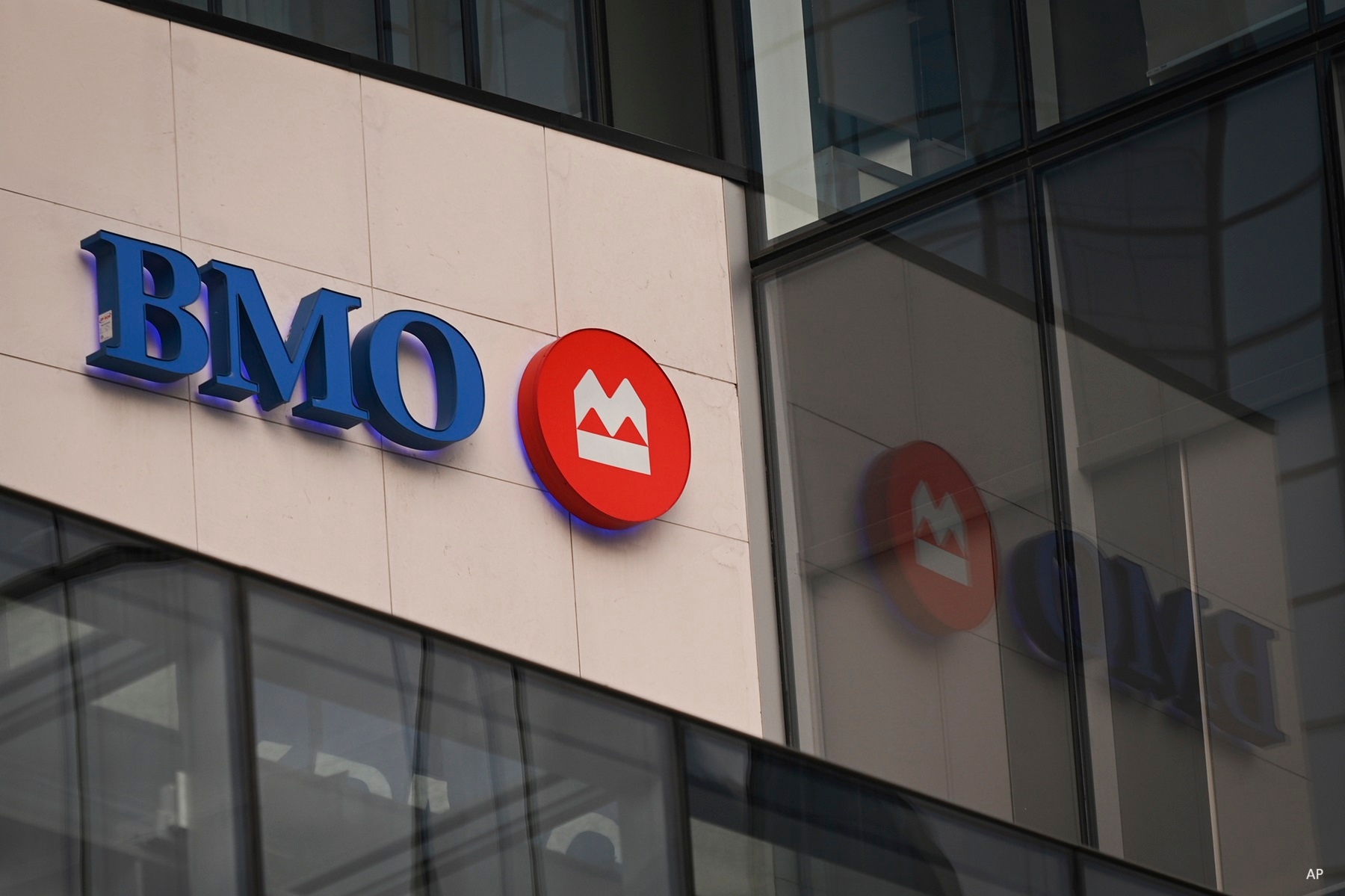Ride-sharing service Lyft is expected to be one of 2019’s highest-profile IPOs, with an expected initial public offering in the next few weeks which could value the firm at over $24 billion.
The firm has successfully gained market share going head to head against the market leader, Uber, which is expected to go public in April.
Lyft has been successful in pursuing riders in an addressable market – including taxis, ride-sharing, bikes, and scooters – that we value based on gross revenue at over $500 billion by 2023, growing 24% a year over the next five years. In our view, Lyft warrants a narrow economic moat – or slender competitive advantage – thanks to the network effect around its ride-sharing platform and intangible assets associated with
Lyft has raised around $5 billion in capital according to PitchBook. Its eleventh and last round of funding in June 2018 was for $600 million, which implied a valuation of $15 billion. We believe the intrinsic value of Lyft is likely much higher, over $24 billion, as further growth remains in the ride-sharing market. We think Lyft's top line can grow at a 36% compound annual growth rate (CAGR) through 2028 to more than $21 billion driven mainly by increased adoption of ride-sharing globally. We have assumed that the firm will become profitable in 2022. In terms of the initial public offering price, based on PitchBook data on recent venture capital-backed software companies, we expect the price to represent Lyft as an $18 billion-$30 billion company.
Autonomous Vehicles
From a strategic standpoint, Lyft is well on its way to becoming a one-stop shop for on-demand transportation. It has tapped into the bike- and scooter-sharing markets, which we think are worth over $9 billion and growing 9% annually until 2028. Lyft also appears to be aggressively pursuing the autonomous vehicle route as it understands that self-driving cars may help the firm expand its margins because without drivers it could
We note that within the rapidly growing ride-sharing space, many risks remain around legal and regulatory matters. Lyft’s regulatory issues today involve how the company runs its everyday business, from employee type recognition to a minimum








.jpg)









